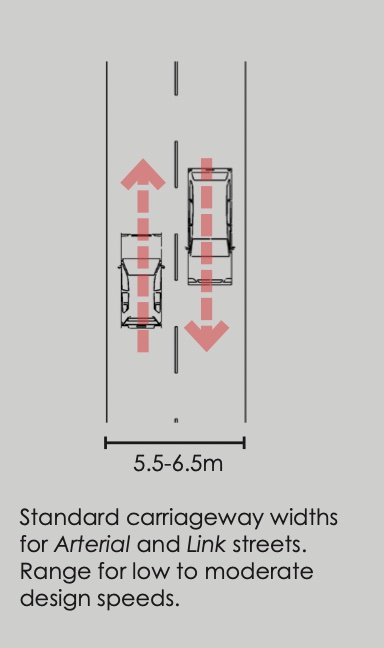Thank you for the opportunity to make a submission on this development. This submission is made in a personal capacity and does not represent the views of any organisation, including my employer.
It is suggested that further information is needed to adequately assess this application, particularly in relation to traffic and climate.
Page 7-49 in the Traffic and Transport chapter notes that the traffic model used is a fixed demand type, that is “additional trips or changes in trips (demand responses) that might be generated by a particular scheme are not considered. The only response considered by standard traffic models is change of route within the modelled area”.
Section 7.4.3 in the EIAR does attempt to apply a primitive variable demand model by applying “sensitivity parameters” derived from UK WEBTAG guidance. The resulting 1.5% modelled increased demand is assessed as being “at a very low level” and is not considered further.
The phenomenon of induced demand from new road schemes is well-established. A meta-analysis of the international evidence for induced demand was carried out for the UK Department of Transport in 2018 to update the concepts and methods for the treatment of induced traffic used in WEBTAG [1] found significant induced demand effects from new road schemes in various countries around the world.
In Ireland, a study commissioned by the National Roads Authority [2] to detail the inputs, outputs and operation of the Variable Demand model in the National Transport Model examined the evidence for induced demand from new road schemes to calibrate its model (note: there is no evidence in the EIAR that the National Transport Model was used to assess the impact of the Slane by-pass scheme). It found that the actual induced demand was 35% for the M1 Airport to Balbriggan scheme and 32% for the M4 Kinnegad to Galway scheme. In addition, the M4 Kinnegad to Galway scheme was found to have reduced passenger demand for rail services on the corridor by 20-30%. All of these effects were adequately modelled by the National Transport Model in the report.
It is important that the Board has adequate evidence of the likely impact of the proposed scheme in order to make a decision on the scheme. The EIAR presented assumes that the proposed scheme will have no effect on traffic volumes, or the mode share of public transport, compared with a do-minimum scenario.
The OECD, in its 2022 report Redesigning Ireland’s Transport for Net Zero [3], noted that the large public investment in the road network in Ireland has the effect that “the attractiveness of driving…compared to other modes increases. This results in fewer users of shared, micro and active modes…a higher number of cars in the region…and longer average distance driven by car per day…all of which increases traffic volume…congestion and travel time by car”. It further noted that the pattern of road building, combined with spatial planning approaches has resulted in dispersed land use, with population growth in car-dependent outer urban and suburban areas as inner-city populations declined. The report concludes that “both these dynamics (induced car demand and urban sprawl) erode the attractiveness of sustainable modes”.
It is not sufficient for the well-understood effects of induced demand to be ignored, and if induced demand effects were adequately modelled, it is possible that a different scheme design would have been chosen: section 3.3.6 does not account for the increased induced demand that a Type 2 carriageway would cause, because the fixed demand modelling assumes that demand will be the same in all cases.
I would like to suggest that the Applicant is requested for further information to adequately model the induced demand that will be caused by this scheme. Such modelling should be calibrated against actual induced demand that has been caused by the construction of previous road schemes in the State. If induced demand effects are successfully modelled, it would require many sections of the EIAR to be updated, including the chapter on climate.
I would suggest that significant induced demand effects could be mitigated by a lower capacity and design speed, for example a single rather than a dual carriageway with a lower speed limit.
Thank you for considering my submission.
[1] https://www.gov.uk/government/publications/induced-travel-demand-an-evidence-review
[2] https://www.tii.ie/tii-library/strategic-planning/project-appraisal-guidelines/Unit-20.8.pdf
[3] https://www.oecd.org/ireland/redesigning-ireland-s-transport-for-net-zero-b798a4c1-en.htm





